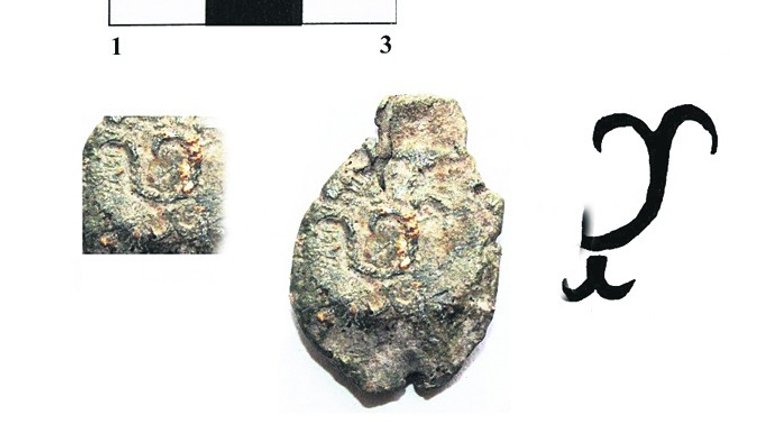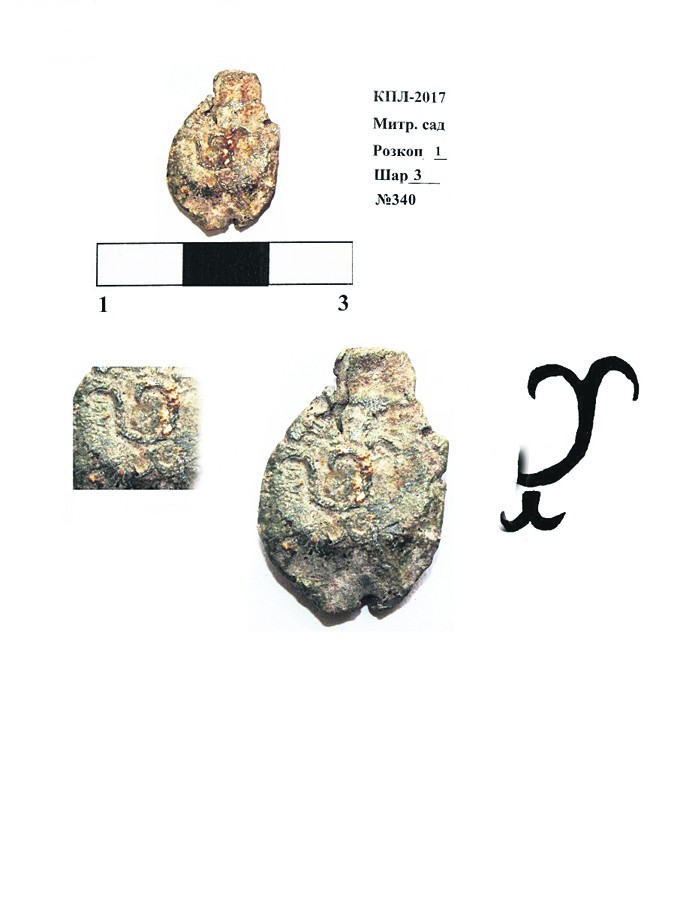Archaeologists find unique artefacts in the territory of Kyiv-Pechersk Lavra


Large-scale archaeological excavations have been completed on the territory of Kyiv-Pechersk Lavra in the Metropolitan’s Garden. The research has been conducted for two years, Segodnya newspaper reports.
“In the excavated areas, four basic layers were found: the early Iron Age, or the so-called Scythian time (VII-V centuries BC), the Old Russian (XII-XIII centuries), the post-Mongolian (XIII-XV centuries) and period XVIII-XIX centuries Interesting exhibits that have been found are not so numerous, but they are all very valuable. This area is interesting because it has never been built up by anyone, and it is possible to explore pure cultural layers. Perhaps, after three or four years, we will make a scientific reconstruction of the Metropolitan Garden,” told Sergiy Taranenko, general secretary of the archeology of the National Kyiv-Pechersk historical and cultural, the Reserve.
Among the findings are a fragment of porcelain dishes in the Chinese style of the XVIII-XIX centuries, a copper button and an arrow of the XI-XIV centuries, metal buckles, a coin of the Crimean Khanate during the reign of Mengli-Giray, a lead seal and a piece of knife blade made from the animal's horn, XII-XIII centuries.
“We found a lot of ceramics, but one of the most unique finds is the prince lead seal XII-XIII centuries. Rurik with the sign - depicting a bident. This is the first instance of finding such artifacts in the Kyiv-Pechersk Lavra,” said Taranenko.
According to him, the fragments of smalt (cubes, from which the mosaic was laid in temples) with golden foil, fragment of children's glass ring of XII-XIII centuries were still found.
“At that time, the glass walls were massive and inexpensive decorations, they could be made by local craftsmen, so anyone could afford such a ring, but people with great wealth wore jewelry from precious metals to emphasize their status," the archaeologist explained.
There are finds that can tell about the daily routine of our ancestors. During excavations the remains of different fish were found: sturgeon, bream, pike and river bass. Some of them could live 200-300 years ago. Also large remains of mammals were found: domestic bull, sheep, goats, pigs, as well as birds - geese and chicken. As for the plants - the remains of millet were found.
By the way, in the 50's of the last century, scientists discovered in Lavra several small workshops and a defense wall, which was built in the late XII century and branching off in different directions from the Trinity Gate Church. Next year, archaeologists plan to resume research on this wall.









